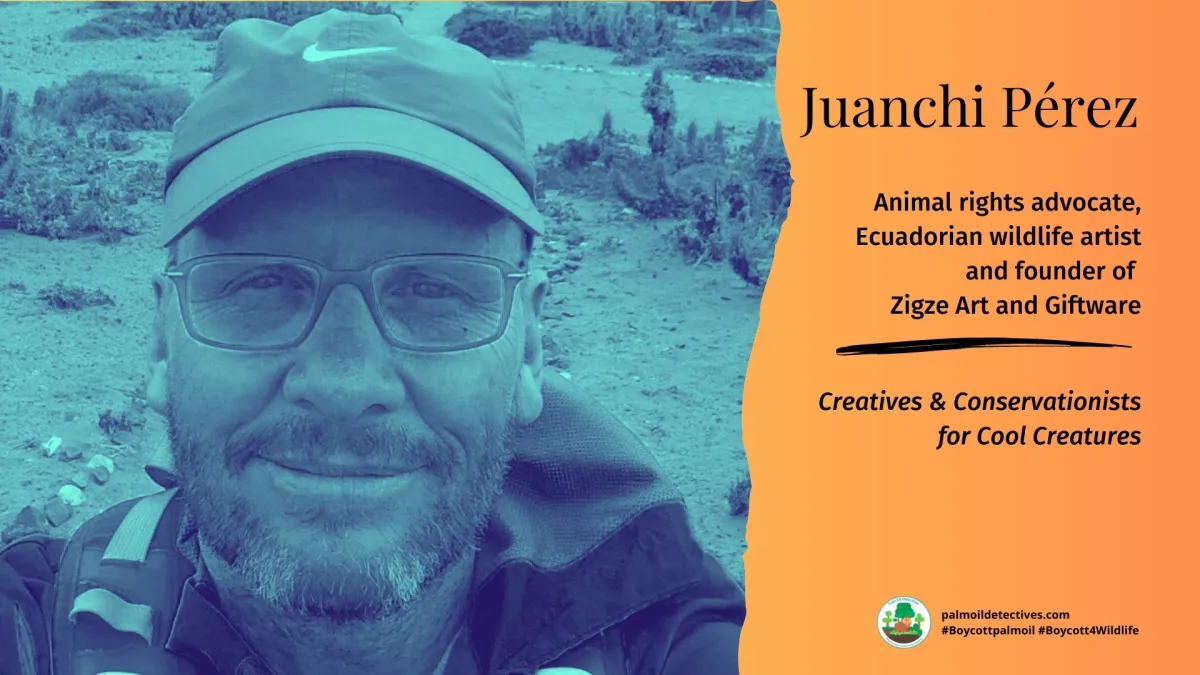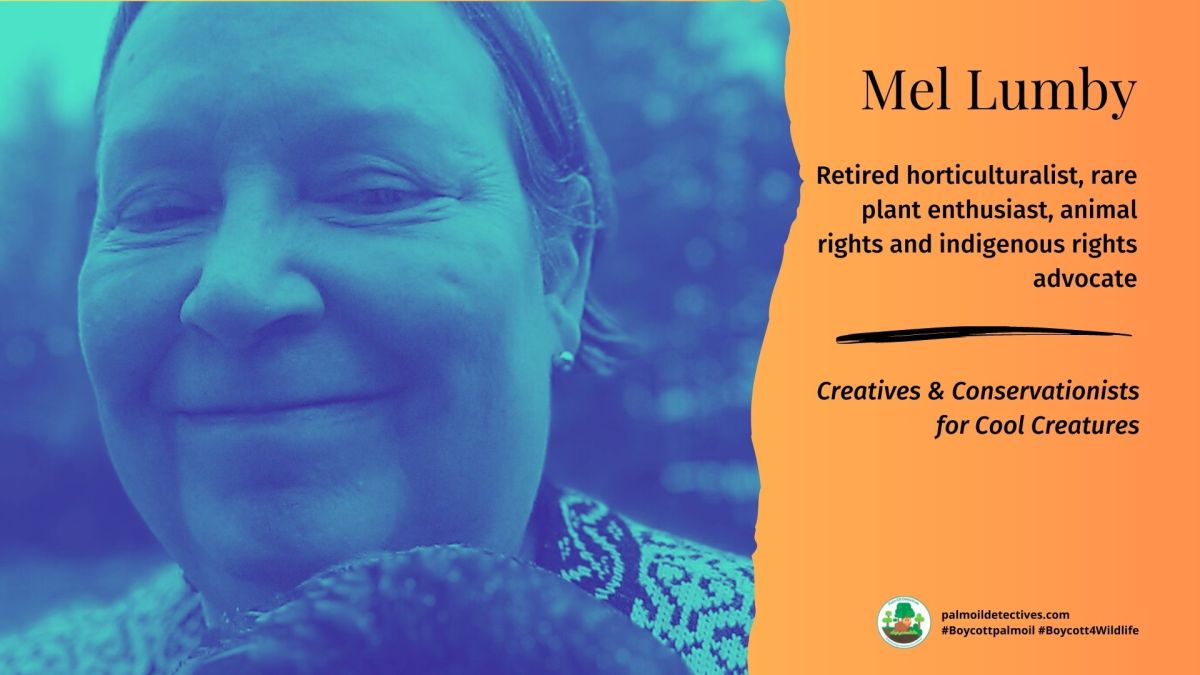Binturong Arctictis binturong
Bangladesh; Bhutan; Cambodia; China; India; Indonesia (Kalimantan, Jawa, Sumatera); Lao People’s Democratic Republic; Malaysia (Sarawak, Sabah, Peninsular Malaysia); Myanmar; Nepal; Philippines; Thailand; Vietnam
Presence Uncertain: Brunei Darussalam
Vulnerable
Habitat loss has been the predominant driver of decline of the Binturong’s southern (Sundaic) portion of the range, where a significant proportion of lowland habitats have been converted to other land-uses that do not support the species e.g. oil palm plantations.
IUCN red list
#Binturongs AKA Bearcats are not actually related to cats or bears. They smell of buttered popcorn and #vulnerable due to #palmoil #deforestation throughout SE #Asia. Help them survive, #Boycott4Wildlife on brands causing #deforestation
Tweet

Binturong Arctictis binturong 
Binturong Arctictis binturong 
Binturong Arctictis binturong 
Binturong Arctictis binturong
Although the binturong is known colloquially as the ‘Bearcat’, the species isn’t related to cats or bears. They are small carnivorans belonging to the family Viverridae and they are related to palm civets.
The scent glands of the Binturong secrete a musk which some have likened to the aroma of cheesy crisps or buttered popcorn. They possess a prehensile tail and are mainly tree-dwelling, although they do often descend to the forest floor. The species is heavy and stocky and can weigh approximately 20 kilos. While more agile arboreal animal species can leap between trees, the Binturong’s heavy frame must descend to the ground to go from one tree to another.
The ecology and diet of this species is poorly known and might vary between areas. Some studies have shown them to be crepuscular and nocturnal, and targeted small carnivore surveys at a logging concession in Sarawak, Borneo (Malaysia), recorded the species only during the early morning and during the night (Mathai et al. 2010).
There are no records of this species from within blocks of monoculture plantations such as palm oil or rubber.
Habitat loss and degradation are major threats to the Binturong (Schreiber et al. 1989) as is fragmentation, particularly in those parts of the range where hunting is heavy. Throughout this species’s range, there has been loss and degradation of forests through logging and conversion of forests to non-forest land-uses (Sodhi et al. 2010; WWF 2013, 2015; Gaveau et al. 2014). Forest conversion has been extremely high in the lower-altitude parts of its Sundaic range in the last 20 years (e.g. Holmes 2000, BirdLife International 2001, Jepson et al. 2001, McMorrow and Talip 2001, Lambert and Collar 2002, Kinnaird et al. 2003, Curran et al. 2004, Fuller 2004, Eames et al. 2005, Aratrakorn et al. 2006, Gaveau et al. 2014, Margono et al. 2014, Stibig et al. 2014). Protected areas are not exempt from deforestation; 40% of the forest lost in Indonesia during 2000–2012 was lost in areas where logging is restricted (national parks and protected forests; Rode-Margano et al. 2014), and in Kalimantan specifically, 56% of protected lowland forests were cleared from 1985 to 2001 (Curran et al. 2004). Lowland deforestation is now also a growing threat to populations in mainland South-east Asia.
You can support this beautiful animal
Further Information

Willcox, D.H.A., Chutipong, W., Gray, T.N.E., Cheyne, S., Semiadi, G., Rahman, H., Coudrat, C.N.Z., Jennings, A., Ghimirey, Y., Ross, J., Fredriksson, G. & Tilker, A. 2016. Arctictis binturong. The IUCN Red List of Threatened Species 2016: e.T41690A45217088. https://dx.doi.org/10.2305/IUCN.UK.2016-1.RLTS.T41690A45217088.en. Downloaded on 08 June 2021.

How can I help the #Boycott4Wildlife?
Contribute in five ways
1. Join the #Boycott4Wildlife on social media and subscribe to stay in the loop: Share posts from this website to your own network on Twitter, Mastadon, Instagram, Facebook and Youtube using the hashtags #Boycottpalmoil #Boycott4Wildlife.
2. Contribute stories: Academics, conservationists, scientists, indigenous rights advocates and animal rights advocates working to expose the corruption of the palm oil industry or to save animals can contribute stories to the website.
3. Supermarket sleuthing: Next time you’re in the supermarket, take photos of products containing palm oil. Share these to social media along with the hashtags to call out the greenwashing and ecocide of the brands who use palm oil. You can also take photos of palm oil free products and congratulate brands when they go palm oil free.
4. Take to the streets: Get in touch with Palm Oil Detectives to find out more.
5. Donate: Make a one-off or monthly donation to Palm Oil Detectives as a way of saying thank you and to help pay for ongoing running costs of the website and social media campaigns. Donate here








Hi, hope it’s ok, had to shorten your tweet so it would send. The message is still the same though. #BoycottPalmOil
LikeLiked by 1 person
Hello my dear friend thanks so much for sharing this page 🙂 hugs
LikeLike